
Benign neoplasms of the skin which contain melanocytes are called melanocytic nevi. Melanocytes are cells responsible for production of the skin pigment and they are located in the outer layer of the skin – epidermis. Besides the humans, dogs and horses are also very frequently found to develop melanocytic nevi, but any other mammalian could also have these skin changes.
Melanocytic nevi might be either congenital or acquired skin condition. Congenital melanocytic nevi are believed to develop because of some anomaly during the period of embryogenesis. On the other hand, acquired melanocytic nevi are benign neoplasms. Large congenital nevus actually consists of small nodular benign melanocytes and these are not malignant changes. However, some benign junctional melanocytic nevi may transform and become malignant ( malignant change of the skin is known as melanoma). Luckily, this change is very rare and only 1% of benign nevi become malignant.
How Common are Junctional Melanocytic Nevi?
In general, benign junctional melanocytic nevi are more commonly found in people with fair skin. People with darker skin have fewer melanocytic nevi, if any, when compared to people of fair skin tone. Northern Europeans (Germany, Holland, Belgium, United Kingdom) are often seen to develop large nevi, sometimes even larger than 1cm in diameter. Some of these people may have tens or even several hundreds of benign junctional melanocytic nevi and there are often seen to be reddish or brown in color. When there are so much nevi, or these skin changes happen to be quite big, they are called atypical moles or sometimes dysplastic nevi.
In the United States, frequency of junctional nevi is almost the same among fair skin people. People with darker skin may have some melanocytic nevi, but there is very low incidence of such skin changes. Light skinned people usually have melanocytic nevi on their body, while people with darker skin tone have been found out to generally have more junctional melanocytic nevi on the head. Some believe that the number of nevi in dark skinned people is almost identical as in people of fair skin, but since these nevi are flat on the skin, it is very hard to identify them properly.
Malignant Proliferation of Benign Melanocytic Nevi
As already stated, it is very unlikely that the benign junctional melanocytic nevus you have will transform and become malignant (melanoma). However, people who experienced frequent and severe sunburns or those who have multiple skin lesions or large congenital nevi may have been exposed to greater risk of malignant proliferation.


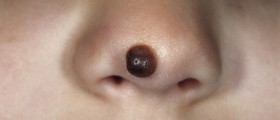

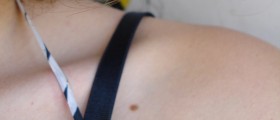



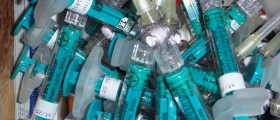
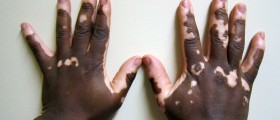
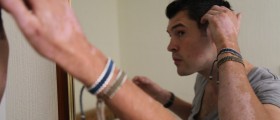
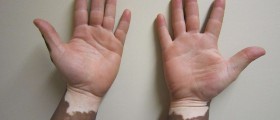


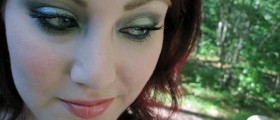


Your thoughts on this
Loading...